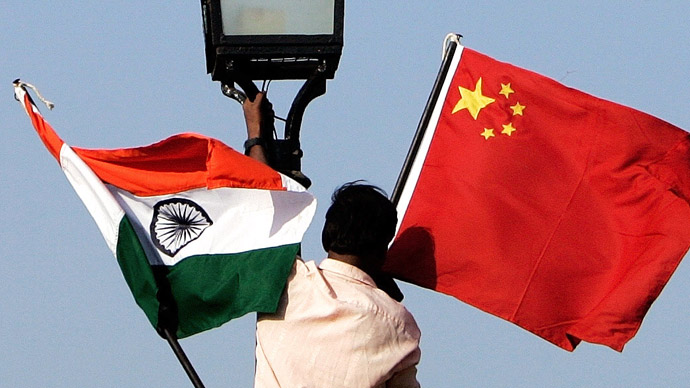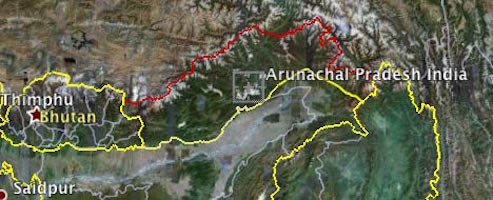
Scrimmages between the Indian and Chinese border troops on YouTube make for an amusing viewing. With rifles strapped securely on their backs, the soldiers carefully calibrate their firmness to ensure it does not deteriorate into aggression. It is this restraint, built up by patient diplomatic footwork over decades, that has led Prime Minister Narendra Modi to reiterate his predecessor’s observation of not a single shot having been fired on the Sino-Indian border in the last 40 years. Twice recently the Chinese troops have squatted for days on territory claimed by India. In both cases, India and China ensured the disagreement did not impact bilateral ties in other spheres. But it is for the first time that China has retaliated by closing one of the routes to the revered Mansarovar Lake that passes close to the ongoing site of confrontation.
Over the past three years, Sino-Indian ties have developed new frictions. Chinese suspicions about India acting as the US’ cat’s paw have deepened. South Block in turn believes that the Chinese ‘String of Pearls’ strategy of encircling India, once dismissed as the work of a fevered intern, is becoming a reality. The fall in the frequency of high-level interactions suggests bilateral strategic disagreements are hardening. India feels the intensive Chinese dalliance with Pakistan has reached the point of no return. China sees a reverse String of Pearls of getting encircled from the emerging India-US-Japan partnership with Australia and South Korea as partly interested players.
The easier task in foreign affairs is to manage relationships with countries at a distance. The challenge is to keep ties with neighbors on an even keel. The Modi government has tripped on that count. China and Pakistan are not the only irritants in the mix. Bangladesh has opted for Chinese weapons and Nepal wants to join the OBOR. Fresh from the US, the PM has his task cut out. The first priority is to ensure China’s block on Mansarovar Yatra should not deteriorate into a series of retaliatory actions. The second, and the longer haul, is to overhaul the current emphasis on militarism in current policy.





Be the first to comment